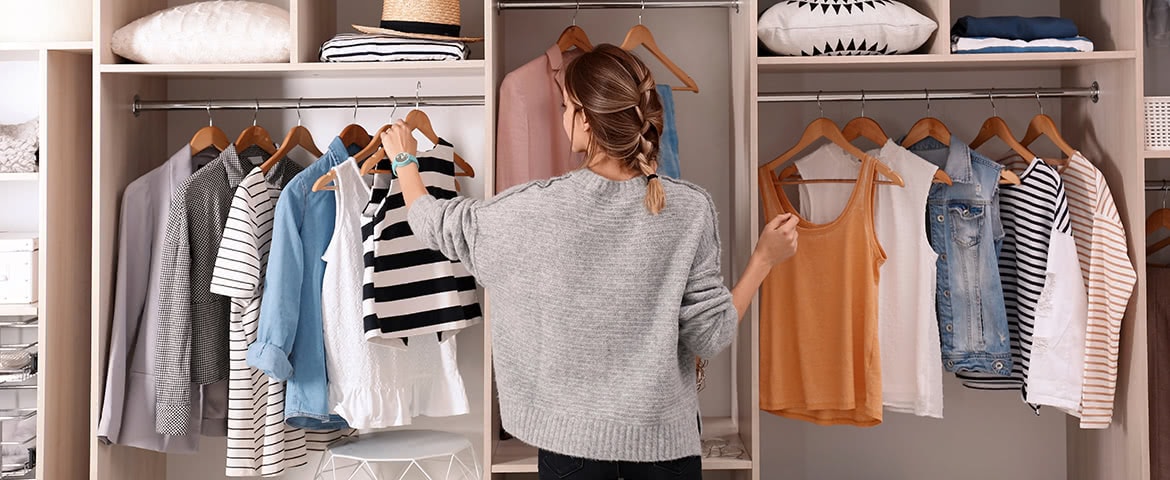Getting organized is one of the most popular New Year's resolutions. It tops the list with goals to get healthy, live life to the fullest and learn new hobbies, according to MarketWatch. Yet, research shows that only eight percent of people will succeed at their resolutions.
You can make this your year to finally get organized. Instead of falling back on the same old organization strategies, take a fresh approach. For example, if you've been haphazardly cramming holiday décor in closets or stacking boxes of fragile family photos in the garage, consider how temperature plays a role. There's an ideal temperature for everything you need to store and organize. When you keep your home's attic, basement or garage at the proper temperature, you can ensure important items aren't damaged.
If you're not sure about the best temperatures for home storage, talk to your local Lennox® dealer. They can help you with every room in your home and walk you through rebates and special financing to get you squared away with the best solutions.
You can buy all the boxes and bins, but don't overlook the importance of temperature when it comes to home storage and organization. Here's what to know when it comes to safely and properly storing your family's items.
How to Store Holiday Décor
As the seasons change, so do the decorations. Make sure your décor stays in good shape for years to come by storing smartly. To protect against moisture, excessive heat, insects and rodents, enclose your holiday décor in plastic containers. Wrap anything breakable, such as ornaments or glass décor, in bubble wrap and clearly label the contents in the bin. To keep your holiday decorations stored at the best temperature, try to avoid areas in your home that are prone to excessive temperature and humidity changes.
Bonus tip: Check your storage area for water leaks. A leaky attic roof or damp basement could potentially lead to damaging mold and mildew.
How to Store Clothing
To keep your clothes looking great season after season, make sure to store them wisely. Start by washing them and making sure they're completely dry. Choose a dark spot in your home, such as a closet shelf or cabinet, to avoid fading from sunlight over time. A humidity level of 50 to 55 percent is ideal, as too much moisture will invite dampness in your garments. When it comes to temperature, avoid extremes.
Bonus tip: You can ensure the ideal temperature with Lennox® Mini-Split Ductless Systems, which are perfect for add-on spaces such as garages, basements and sheds. These systems bring powerful, efficient heating and cooling to individual areas—no need for a ductwork connection.
How to Store Art and Photos
Whether it's your children's masterpieces or a painting that's been in your family for generations, if you're not displaying it, be sure to store it safely. Start with a clear plastic bin to help seal out dust and moisture. It's best to keep the bins in a room with about 50 percent humidity and a temperature between 70 and 75 degrees. When it comes to preserving photos, aim to store them below 75 degrees. A lower temperature slows down degradation of ink and paper. Also, watch for humidity. If pictures get moist, they can stick together.
Bonus tip: Don't store paintings on top of each other, as this can damage them. Lay the art on a flat surface and use racks to keep the paintings separate.
Keep Temperature Top of Mind
Whatever organization projects you tackle, make sure you store at the right temperature. Find your local Lennox® dealer to make sure your home has the perfect air for safe storage.

